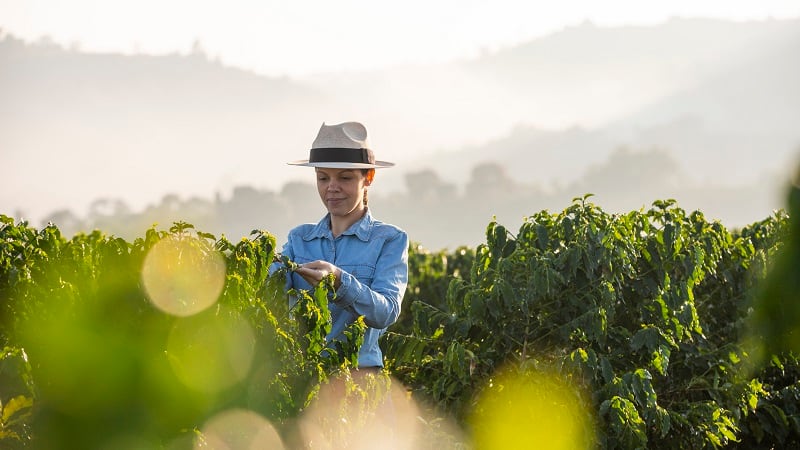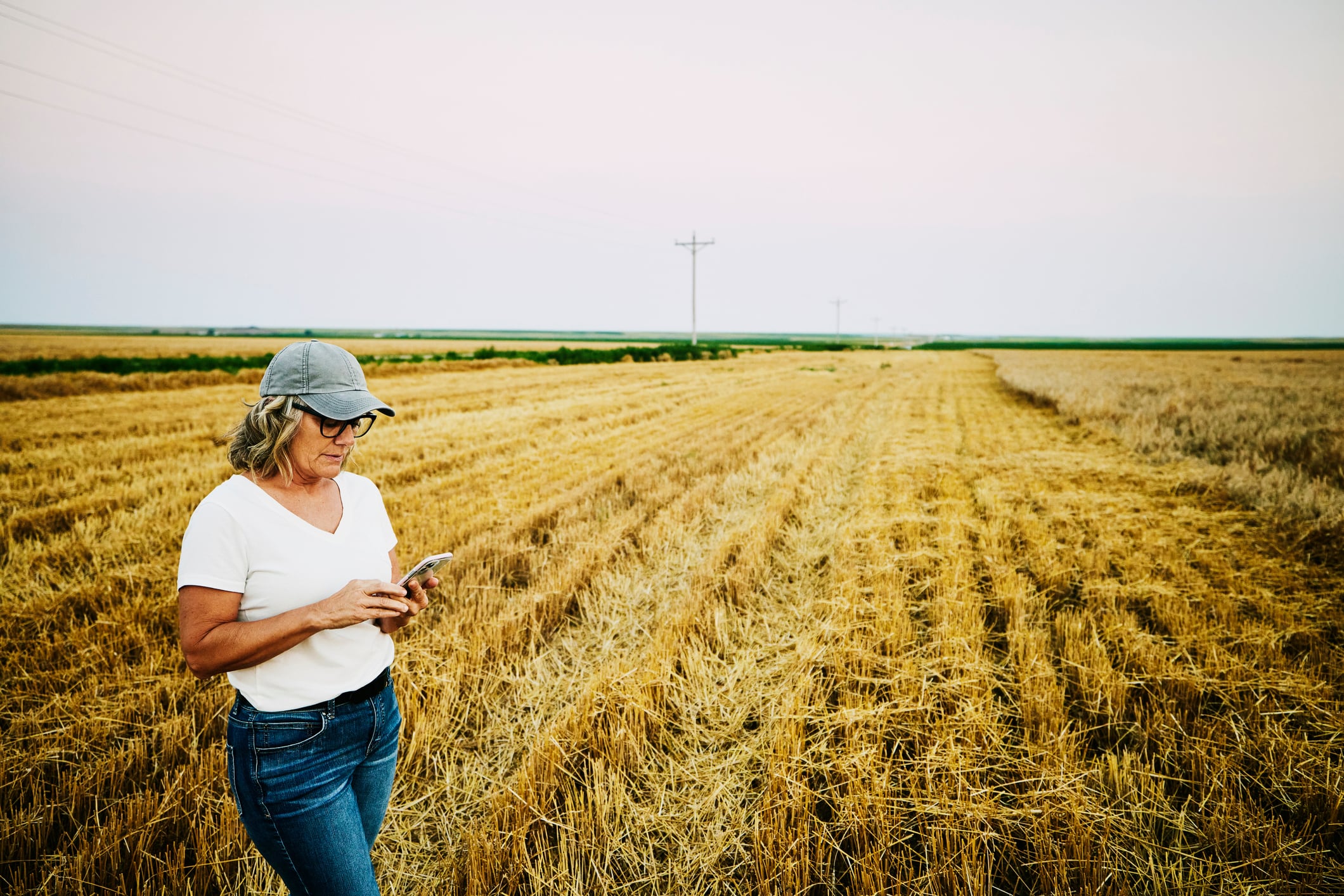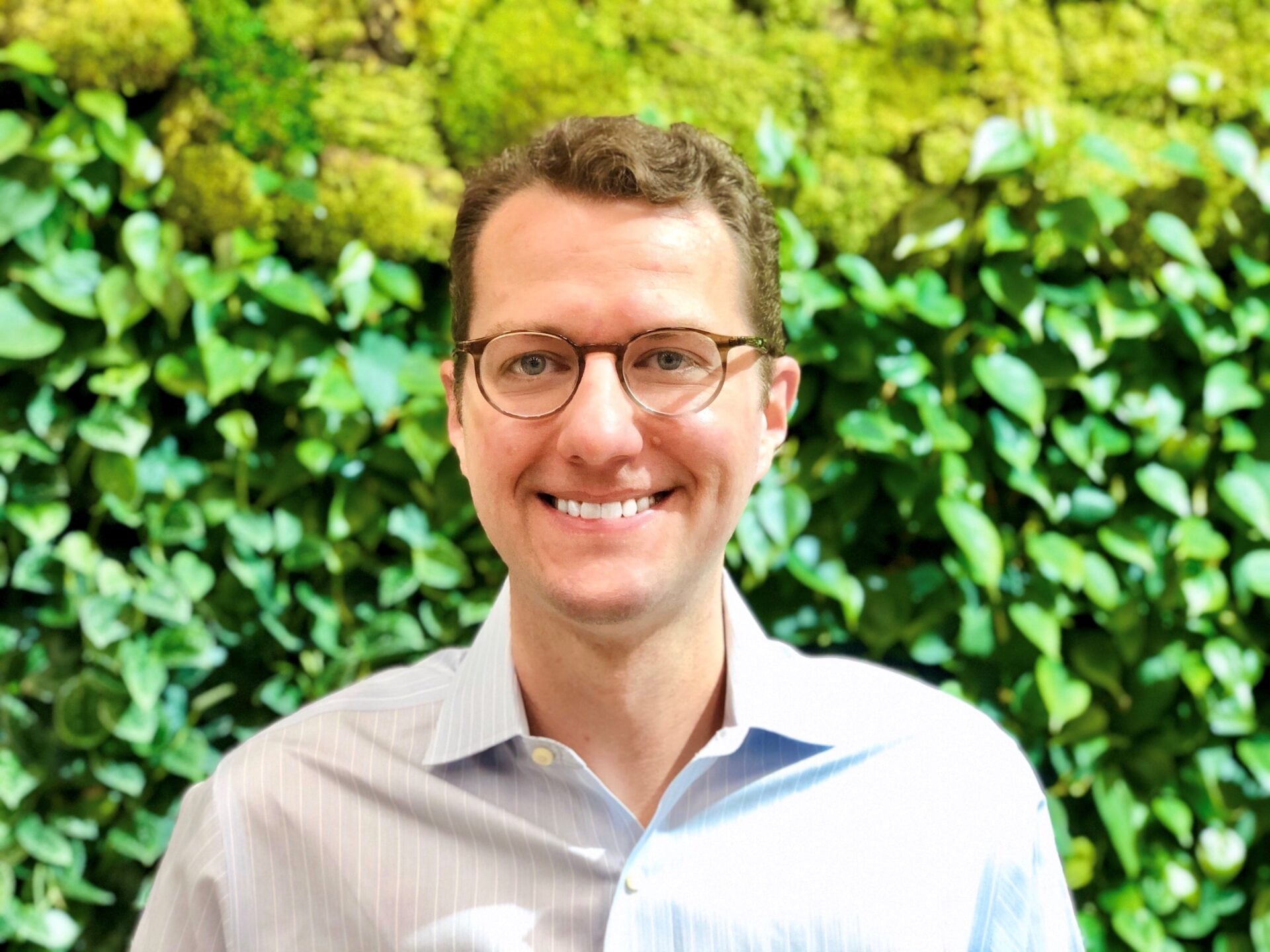It sometimes feels that at times Adam Anders may have veered a little close to embodying the Australian stereotype: he grew up in the bush, discovered a love of surfing, even once found himself employed in a barbeque business.
Now living in Amsterdam from where he runs venture capital fund Anterra Capital, Anders seems to embrace it. “When I first met my [Dutch] wife she was like: Oh you’re Australian? What do you like? And I said: ‘surfing and barbecuing’. I then go: ‘what do you like?’ and she replies ‘cheese and clogs.’”
“It was only from the look on her face that I realised she was joking and something had gone horribly wrong in our conversation.”
Doing things differently
Yet in more recent years, at least at the helm of Anterra, Anders has made a career out of doing things a little differently. Anterra started life in 2013 in the nascent world of agrifood tech venture capital, springing up alongside other early birds such as Omnivore in India and Finistere in the US.
Anders was fresh out a similar role in Rabobank’s private equity arm, motivated to transform a food system still yet to undergo an VC backed tech transformation. “This felt like the smartest, best, most positive impact thing I could be doing. Let alone the fact that I thought it was a completely original idea,” Anders recalls.
Anterra’s early adoption meant its first fund of €50m in 2013 translated to around 20% of the global market that year and in a way, it was easy pickings, without the intense competition and unparalleled fervour that came with the gold rush of later years.
When the market peak did come, Anders instinct was again to do things a little different. In 2021, plant-based protein, vertical farming, and rapid grocery delivery had emerged as three of the key trends in the sector, hoovering up cash and seeing valuations soaring. Yet Anterra chose to avoid it entirely.
“That was a bit awkward when these were three of the six biggest trends in agri-food tech and Anterra had, by definition, missed all three,” says Anders. “All we could say was: ‘here’s the trend through the cycle that we’ve seen in other sectors and that’s why we’re not going to participate in those areas.”
It wasn’t easy. Anders remembers the judgement from his peers, the pressure from his backers. “I didn’t sit down with a single investor in our fund who didn’t remark on it.”
“Every second night I spent some time in the room of mirrors saying: ‘did we miss this completely because we’re idiots?’ We went over the logic again and again.”
The logic – that such companies are capital intensive with difficult uptake partners in the supermarkets and very complex supply chains – has been largely vindicated in recent years with once dominant players in all three industries now fallen by the wayside.
Finding a niche
Instead, during this time Anterra opted to focus on niche sectors such as animal health - “an area where practically nobody else invests” – often licensing technology from adjacent sectors like human health.
This led to the creation of Invetx, a pioneer in novel, protein-based animal health therapeutics. “It was very intentionally built to fill a gap where human health monoclonals had become a big thing and yet, in animal science was practically non-existent,” says Anders.
The company’s rise was rapid – launching in 2018, raising $15m in a series A in 2020, and ultimately selling for $520m to global veterinary pharmaceuticals firm Dechra in July last year.
Such company creations using technology from sectors are a core part of Anterra’s identity. Enko Chem was the first in 2017, a business set-up to leverage a cutting-edge technology in human health for molecule discovery - called DNA encoded libraries – and apply it to plant health.
“It’s now discovered 20 families of chemistry, over 120 molecules,” says Anders. “And that’s in a space where big agchem has failed to discover new products. There hasn’t been a new herbicide mode of action discovered in 30 years, because ag inputs are still all about glyphosate, or RoundUp.”
Enko Chem uses artificial intelligence to drive its discoveries, something Anders is particularly excited about. Specifically: “the intersection of deep new data sets, cognitive AI and ubiquitous connectivity,” according to his online profile.
“Every one of our biotech companies is leveraging AI intelligence and data for their discovery platforms,” he says.
He argues agriculture has typically only used small data sets which poorly align and therefore give very limited insights. “Large language models are brilliant at solving that, giving you insights from that.”
Sector set to bounce back
It contributes towards a feeling or positivity and optimism for Anders looking forward that the sector will bounce back from its enduring slump. “I feel the next two to three years will be the best vintage years for investing in agrifood tech ever because the talent is there, prices are down, the problem got bigger, and technology is getting cheaper.”
But it will not be without risk. Anders is wary that next year will be the five-year anniversary of the peak of the market and therefore will likely produce a rush as funds near their cut-off point for deploying the capital they raised in 2021.
“That’s a really dangerous moment for agrifood tech and actually general VC. It’s just an enormous anniversary,” he says.
After all, while much has changed in the last 10 years, for the agtech sector remains in its relative infancy, still yet to entirely prove resilience and consistent returns to investors over a long period of time.
As Anders points out, when money was almost free, there were many capital-intensive endeavours that received huge amounts of funding and yet will never deliver a return.
“Some of those investors are not therefore not coming back,” he concludes. “So, we must now be ruthlessly focused on delivering back cash so we earn a mandate going forward.”




